planting citrus in heavy clay soil?
manic_gardener_socal_10a
last year
last modified: last year
Featured Answer
Sort by:Oldest
Comments (69)
Howard Martin
last yeartapla (mid-Michigan, USDA z5b-6a)
last yearRelated Discussions
Help! Great nursery plant in heavy clay soil.
Comments (2)I get plants like that all the time at trades. I'm amazed at what other peoples soil looks like-ours is pure sand. A strong blast from the water hose will break up the clay. You'll get some root damage but the plant should recover with no problem. Congrats on the new material. Tally HO!...See MoreNeed tips dealing with extra heavy clay soil please
Comments (10)I'm not trying to advertise any sort of product here, but I've used a mantis tiller in the past and it does very well at digging through hard clay soil. The soil will obviously have to be amended with some type of organic matter, and the deeper into the soil you get the better. Remember that these plants will want to be as big as possible, and the deeper the roots can go the larger the plant will be. When you're ready to amend your soil (I suggest waiting until fall to do this), do some heavy weeding beforehand. If you try to till the weeds under, they'll come back even bigger after the soil is amended. Anyways, in the fall, get as many bags of leaves as you can and dig them into your soil with the cultivator. In spring, you'll have some good soil for planting....See MoreHEAVY Clay Soil and Full, Afternoon Sun
Comments (4)Pieris are definately not going to be happy in full afternoon sun, especially in zone 7. They like shade in the hottest part of the day. I'm not familiar with Nandina or the type of Abelia you have, but perhaps talking to some good local nurseries would give you a better idea of suitable shrubs. Your site is not particularly difficult; it just requires the right plants....See MoreRoot rot with in-ground citrus; advice to re-plant in clay soil
Comments (8)I agree with Evan and John on all their advice. I think they are nitrogen starved and lacking water. Clay soil is full of lots of mineral nutrients and in CA we rarely have to add phosphorus or potassium, in fact it's not recommended to add phosphorus as it can be too much for most CA soils since there is plenty there already. However, it's almost always lacking Nitrogen. And your trees show classic nitrogen deficiency. Even though your fertilizer is for citrus, 8 is pretty low for nitrogen, at least for in the ground. At that level though you can safely feed monthly, which you may need to do. That amount of water was probably fine when it was cooler but as we are rapidly warming up all through the state, you need to up your irrigation frequency also. Unless you are watering everyday in summer, you most likely will not have root rot issues. But if you just want to be sure, get some Agri-Fos. It's the best product to combat Phytopthora. You can get it at most good garden centers. Usually once or twice a year is good, but of course always read the label. I've had good luck with it on two very old orange trees with chronic gumosis. It's stopped the progression and holds it at bay, and they've actually grown new bark and more canopy since I've been using the Agri-fos twice a year. One last thing, (sorry for the wall of text) the holes and chewed spots look like you may have had an Orange Dog Caterpillar at some time. It's pretty much the only pest that eats citrus leaves. As your trees get bigger the caterpillar is not much of a threat, but they can be hard on young trees....See MoreHoward Martin
last yearponcirusguy6b452xx
last yearklem1
last yeartapla (mid-Michigan, USDA z5b-6a)
last yearlast modified: last yearLemon Lime Orange Zone 6a
last yeargardengal48 (PNW Z8/9)
last yearLemon Lime Orange Zone 6a
last yearLemon Lime Orange Zone 6a
last yearLemon Lime Orange Zone 6a
last yeargardengal48 (PNW Z8/9)
last yearHoward Martin
last yeartapla (mid-Michigan, USDA z5b-6a)
last yearlast modified: last yearLemon Lime Orange Zone 6a
last yearJordan (z7)
last yearSilica
last yearJohn 9a
last yearlast modified: last yearJohn D Zn6a PIT Pa
last yeartapla (mid-Michigan, USDA z5b-6a)
last yearJohn 9a
last yearlast modified: last yearKen B Zone 7
last yearSilica
last yearlast modified: last yeartapla (mid-Michigan, USDA z5b-6a)
last yearlast modified: last yearklem1
last yeartapla (mid-Michigan, USDA z5b-6a)
last yearI_Grow_Almost_Everything
last yearI_Grow_Almost_Everything
last yeartapla (mid-Michigan, USDA z5b-6a)
last yearlast modified: last yearLemon Lime Orange Zone 6a
last yeargardengal48 (PNW Z8/9)
last yearlast modified: last yeartapla (mid-Michigan, USDA z5b-6a)
last yearlast modified: last yearKen B Zone 7
last yeargardengal48 (PNW Z8/9)
last yearLemon Lime Orange Zone 6a
last yearJohn 9a
last yearHoward Martin
last yeargardengal48 (PNW Z8/9)
last yearponcirusguy6b452xx
last yearannpat
last yearannpat
last yearlast modified: last yearHoward Martin
last yearHoward Martin
last yearHoward Martin
last yearklem1
last yearHoward Martin
last yearHoward Martin
last yeartapla (mid-Michigan, USDA z5b-6a)
last yearlast modified: last yearCA Kate z9
last yearlast modified: last year
Related Stories

GARDENING GUIDESGardening Solutions for Heavy Clay Soils
What’s a gardener to do with soil that’s easily compacted and has poor drainage? Find out here
Full Story
GARDENING GUIDESHow to Stop Worrying and Start Loving Clay Soil
Clay has many more benefits than you might imagine
Full Story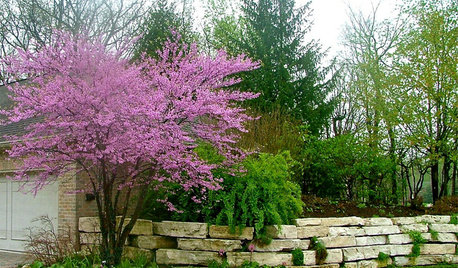
GARDENING GUIDES10 Top Mid-Atlantic Native Plants
Enjoy a four-season garden in the mid-Atlantic region with plants that will stand up to weather shifts, clay soil and the occasional deer
Full Story
FARM YOUR YARDHow to Get Good Soil for Your Edible Garden
The nutrients in your soil feed the plants that feed you. Here are tips on getting it right — just in time for planting season
Full Story
GARDENING GUIDESHave Acidic Soil in Your Yard? Learn to Love Gardening Anyway
Look to acid-loving plants, like conifers and rhododendrons, to help your low-pH garden thrive
Full Story
GARDENING GUIDESGet the Dirt on Your Garden’s Soil
Understand how your soil supports your plants so you can ensure your garden’s success
Full Story
LANDSCAPE DESIGNHow to Shape a Rain Garden and Create the Right Soil for It
Learn how to grade, lay out and amend the soil in your rain garden to support your plants
Full Story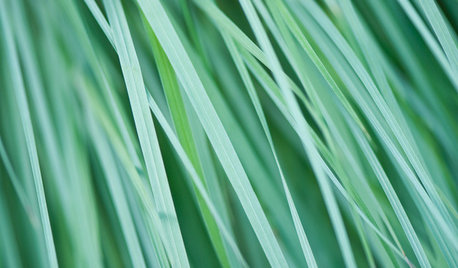
GARDENING GUIDESGreat Design Plant: Little Bluestem Goes Above and Beyond
It thrives in poor soil and provides food and shelter for wildlife. Plus, Schizachyrium scoparium is just a darn pretty native grass
Full Story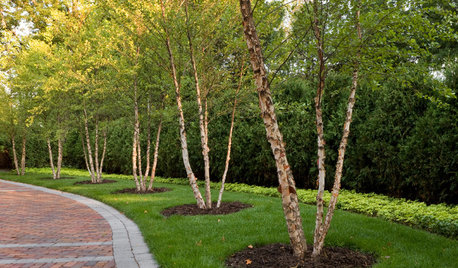
LANDSCAPE DESIGNGreat Design Plant: River Birch
Pick this rugged native tree for its intriguing peeling bark, soil adaptability or leaves that bring dappled shade to a garden
Full Story
CONTAINER GARDENSContainer Garden Basics: How and When to Water Potted Plants
Confused about soil moisture, the best time to water and what watering device to use? This guide can help
Full Story


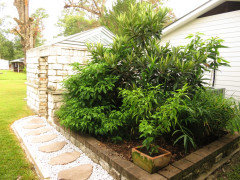
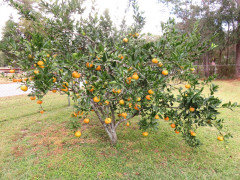
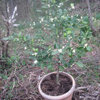
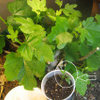
klem1